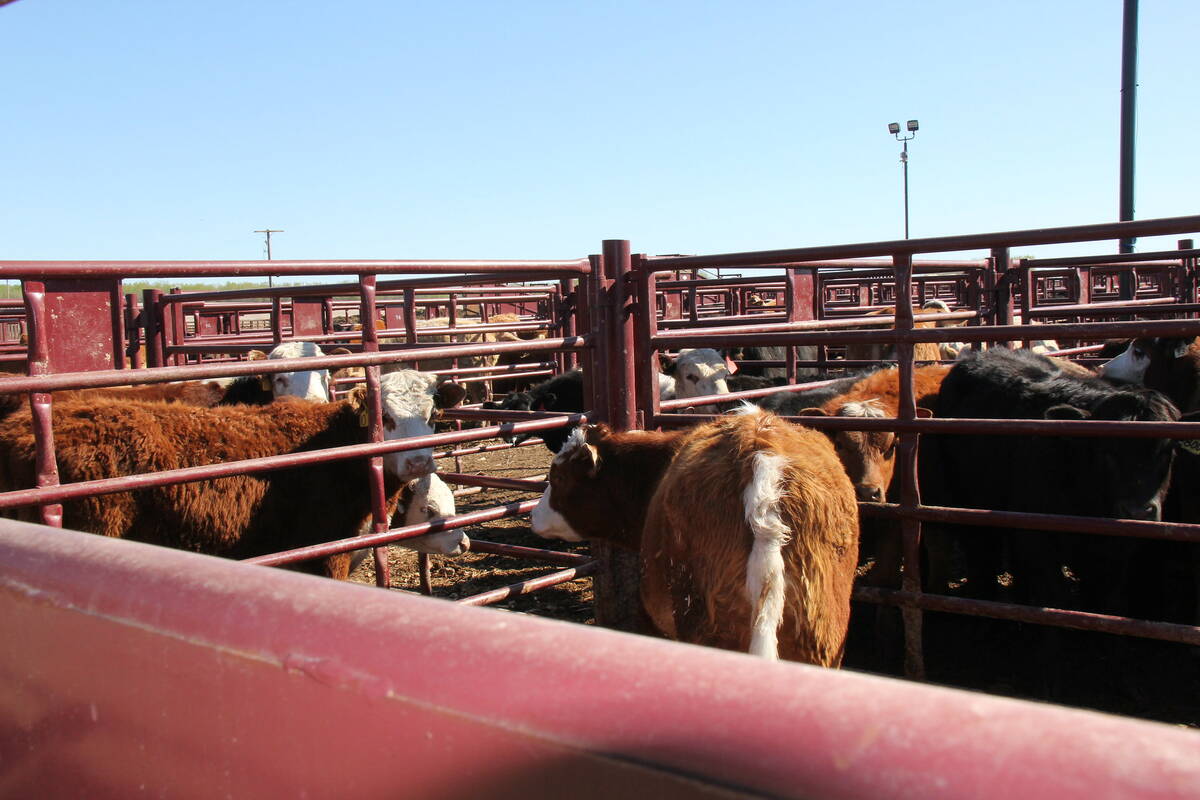A major player in the western Canadian lamb market is filing for creditor protection to try to restructure more than $50 million in debt.
North American Lamb Company (NALC), along with its six subsidiaries, filed for protection under the Companies’ Creditors Arrangement Act (CCAA) on Aug. 8 for its vertically integrated operations which include a feedlot, processing facility and sectors for marketing and breeding.
NALC was formed in a 2018 merger between Alberta-based SunGold Specialty Meats and Manitoba’s Canada Sheep and Lamb Farms, with the capacity to annually process 80,000 animals.
Read Also

Livestock movement scanner looks for proving ground
The Canadian Cattle Identification Agency (CCIA) will test new technology intended to simplify the recording of animal movements, linked to proposed federal livestock traceability regulations.
Ray Nolan, owner of Lambtastic Farms in Vulcan, Alta., said while he wasn’t always pleased with NALC prices, not having the company’s presence in the market makes the economic landscape for sheep producers more difficult.
“It’s tough to call what it’s going to mean,” said Nolan. “Obviously, lamb prices have dropped quite dramatically in the last couple of weeks.”
That price drop comes at a time of high feed prices this year and in the wake of feed shortages last year due to drought.
“The current economy of the price of feed versus what the price you’re getting for lamb — it’s going to affect producers huge.”
NALC’s credit problems coincide with rising domestic demand for lamb, which is outpacing supply. Only 40 percent of market needs are being met by Canadian producers.
Nolan said he doesn’t expect that situation to change soon. The question now is whether processing capacity in Western Canada will be re-established in the wake of NALC’s CCAA proceedings.
“That part we have to wait and see,” said Nolan, later adding, “it’s always the producer paying the price.”
Allan Ribbink, Canadian Sheep Federation chair, said having been in the business for more than four decades, he’s seen several initiatives that sought to radically change the industry.
NALC’s move to a vertically integrated business model might be something that works in the poultry industry, but trying it with ruminants is different.
Despite NALC’s situation, Ribbink said the market dynamics of sheep continue to see demand.
“While we’re going to see some short-term negative market impact out of this because that many animals coming onto the market all at once is certainly going to have an impact in a supply and demand market, I don’t think this is the end of the world,” he said.
Ribbink said there are a lot of rumours about the NALC situation but producers need to find out facts before making any decisions about the future of their operations.
Calls made to SunGold were referred to Ernst and Young, which is acting as monitor in the CCAA proceedings.
















